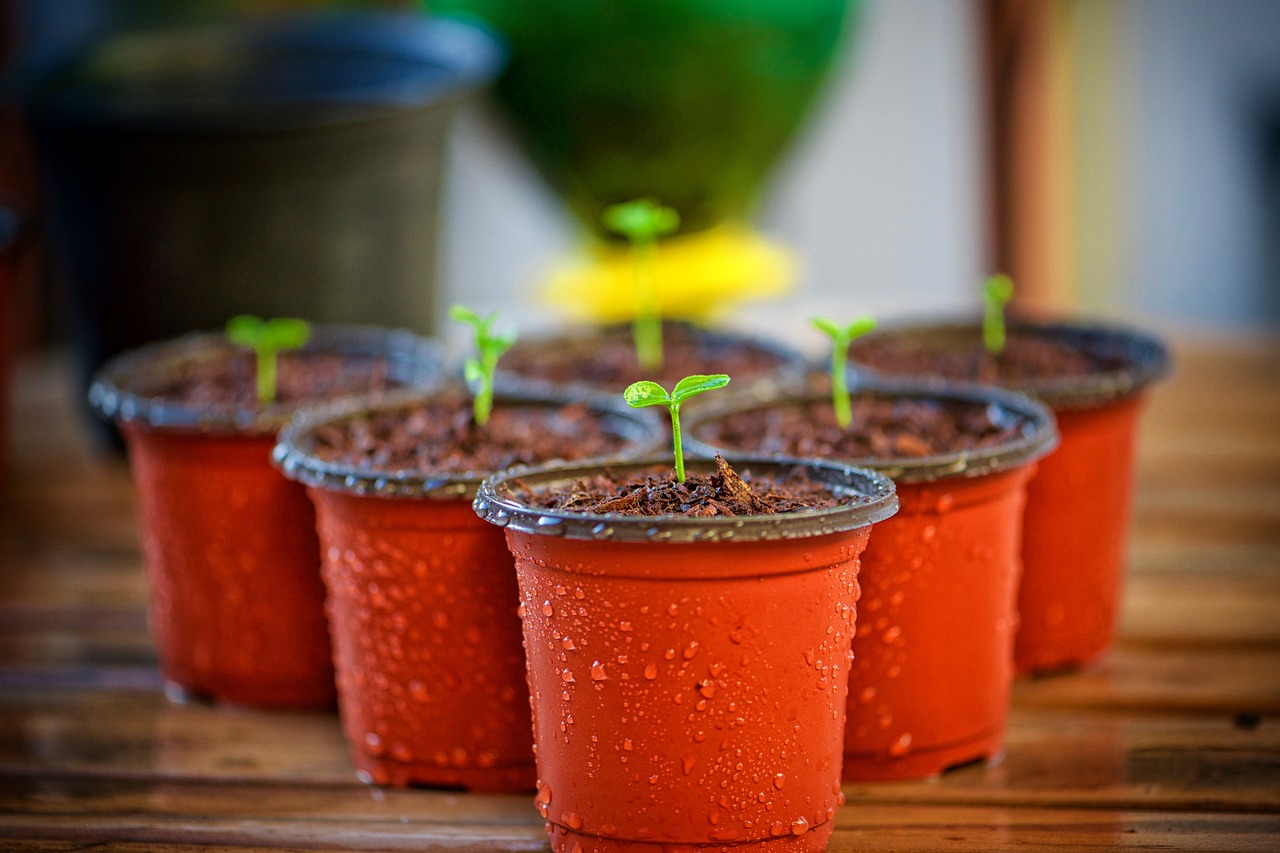
There’s a certain magic to nurturing life in a pot. Watching a tiny seed transform into a vibrant vegetable plant, bursting with flavor and ready for the harvest, is a deeply rewarding experience. But container gardening, while offering a wealth of possibilities for urban dwellers and balcony enthusiasts, also presents its own set of challenges.
Before you embark on your potted veggie adventure, be sure to avoid these 10 costly mistakes that can turn your dream harvest into a wilted disappointment.
Pot Selection: Choosing the Right Container for the Job
- Mistake #1: Size Matters (But Not How You Think)
Intuition might have you reaching for the biggest pot on the shelf, but resist the urge to over-pot. While ample space is crucial for root development, excessively large containers can lead to drainage issues and stunted growth. Match the pot size to the mature size of the vegetable plant. For instance, a compact tomato variety might thrive in a 10-liter pot, while a sprawling vining cucumber would require something closer to 20 liters.
- Mistake #2: Drainage is King (or Queen)
Excess water is the enemy of most potted plants. Ensure your chosen container has drainage holes at the bottom to allow excess water to escape. Stagnant water can lead to root rot, a fungal disease that spells disaster for your veggies. If your pot lacks drainage holes, consider drilling them yourself or opting for a container with a built-in saucer that allows for proper drainage.
Planting Power: Setting the Stage for Success
- Mistake #3: Not Using High-Quality Potting Mix
Garden soil from your backyard just won’t cut it in a container. Unlike in-ground gardens, potted plants rely solely on the medium within the container to meet their nutritional needs. Invest in a good quality, lightweight potting mix specifically formulated for container gardening. These mixes typically contain a blend of ingredients like peat moss, perlite, and compost, offering excellent drainage, aeration, and nutrient retention.
- Mistake #4: Skimping on the Seeds or Seedlings
While it might be tempting to cram as many plants as possible into a single pot, resist the urge. Overcrowding not only hinders root development and air circulation but also creates fierce competition for water and nutrients. Stick to the recommended spacing guidelines on seed packets or seedling labels.
Sun, Water, and TLC: Nurturing Your Potted Patch
- Mistake #5: Sunlight Miscalculations
Sunshine is the fuel for plant growth, and vegetables are no exception. Determine the sun requirements of your chosen vegetables before placing your pots. Most veggies require at least 6-8 hours of direct sunlight daily. South-facing balconies or patios are ideal for sun-loving plants like tomatoes, peppers, and eggplants. For those with limited sunlight, leafy greens like lettuce and spinach can be a good option.
- Mistake #6: Inconsistent Watering
Both underwatering and overwatering can be detrimental to your potted veggies. The key is to find a watering balance that keeps the soil consistently moist but not soggy. Factors like pot size, plant variety, and weather conditions will all influence watering frequency. A good rule of thumb is to stick your finger into the potting mix. If the top inch feels dry, it’s time to water.
- Mistake #7: Neglecting to Fertilize
Even the best potting mix won’t last forever. As your plants grow and absorb nutrients, they’ll need a top-up to sustain healthy growth and bountiful harvests. Opt for a water-soluble fertilizer formulated for container gardening. Follow the manufacturer’s instructions for dilution and application frequency.
Pest Patrol: Protecting Your Precious Produce
- Mistake #8: Ignoring Early Signs of Pests or Disease
Regularly inspect your potted veggies for signs of trouble. Early detection is key to preventing a full-blown infestation or disease outbreak. Look for common culprits like aphids, whiteflies, or fungal diseases that manifest as spots, wilting, or discoloration on leaves.
- Mistake #9: Waging War with Harsh Chemicals
While chemical pesticides can be effective, they should be a last resort. Start with organic methods like neem oil spray or insecticidal soap for pest control. For fungal diseases, isolate affected plants and improve air circulation around your pots.
Reaping the Rewards: Enjoying Your Bountiful Harvest
- Mistake #10: Picking Too Early
Patience is a virtue, especially when it comes to harvesting your homegrown vegetables. Don’t rush the process! Allow your vegetables to mature fully for optimal flavor and size. Most vegetables will have specific visual cues that indicate ripeness. For example, tomatoes should be a vibrant red (or another variety-specific color) and slightly soft to the touch, while peppers will change color from green to red, yellow, or orange depending on the variety.
Conclusion: From Seedling to Supper, a Rewarding Journey
By avoiding these common pitfalls, you can transform your balcony or patio into a thriving haven for delicious, homegrown vegetables. Container gardening offers a unique opportunity to cultivate fresh produce, regardless of available space. With a little planning, the right supplies, and some TLC, you’ll be enjoying the fruits (or should we say, vegetables?) of your labor in no time. So, get your hands dirty, embrace the challenge, and watch your potted veggie paradise flourish!
Bonus Tip: Embrace Experimentation!
Container gardening allows for endless creativity. Don’t be afraid to experiment with different vegetable varieties, pot sizes, and companion planting techniques (planting specific beneficial plants alongside your vegetables).
